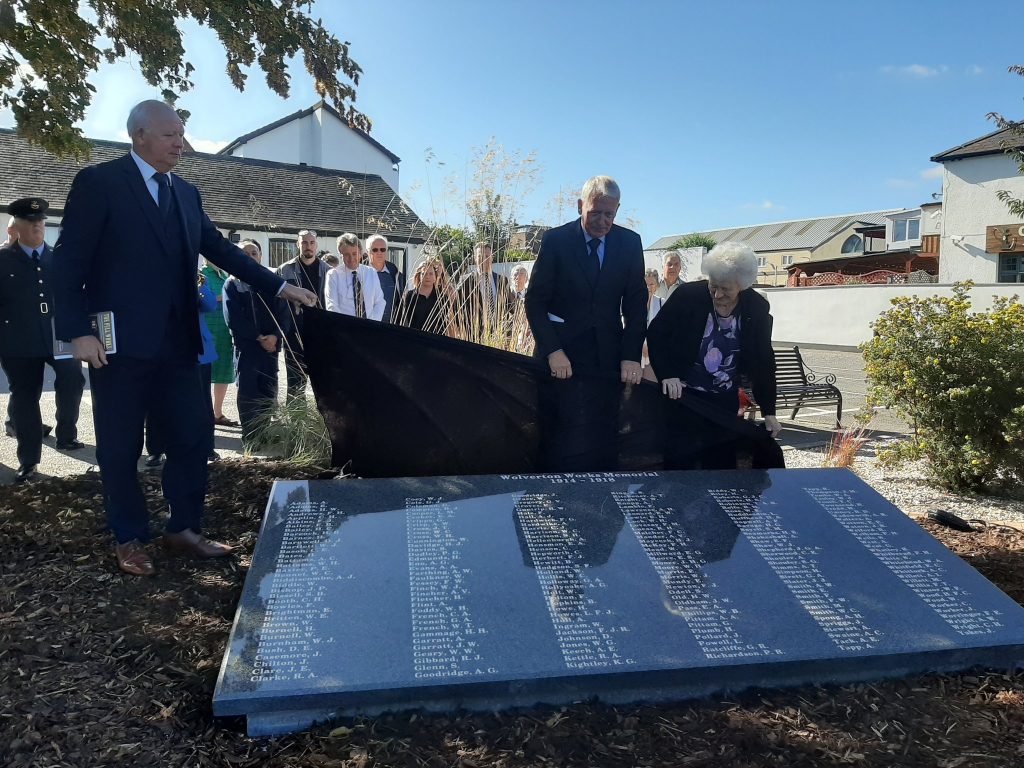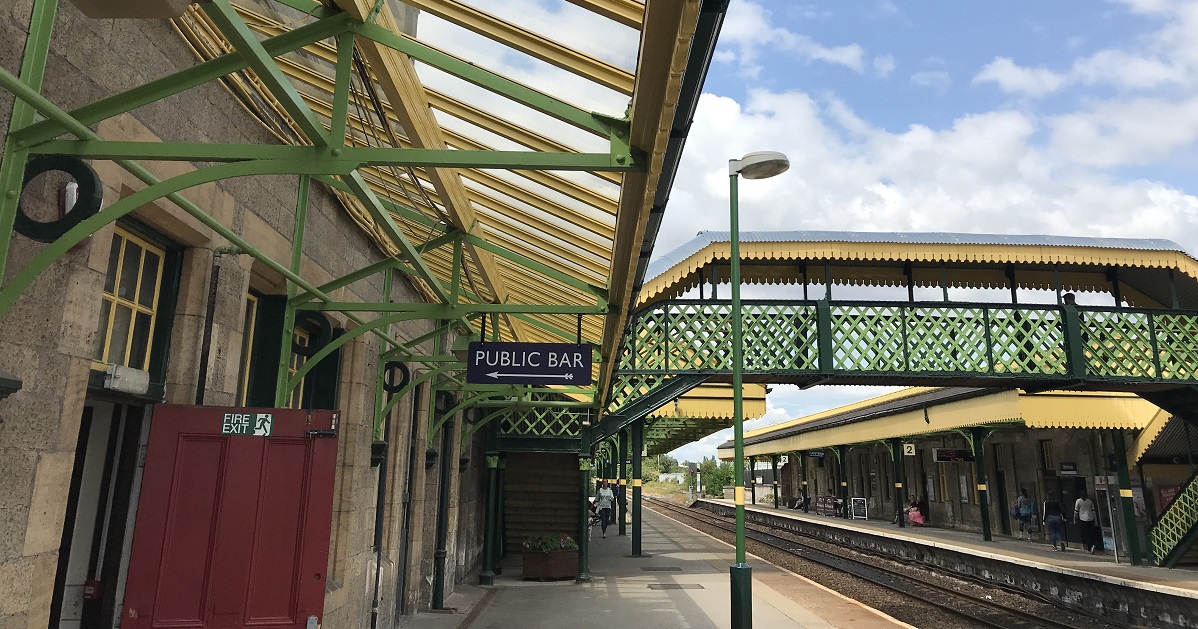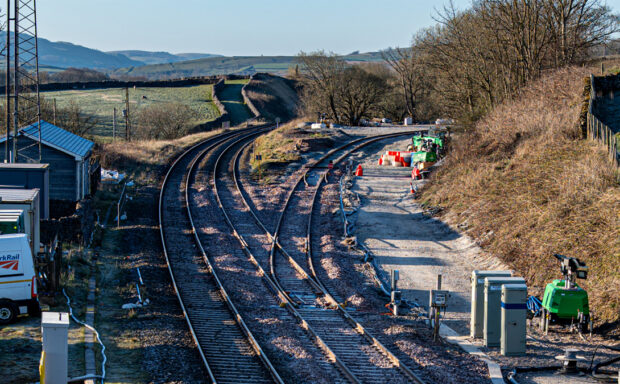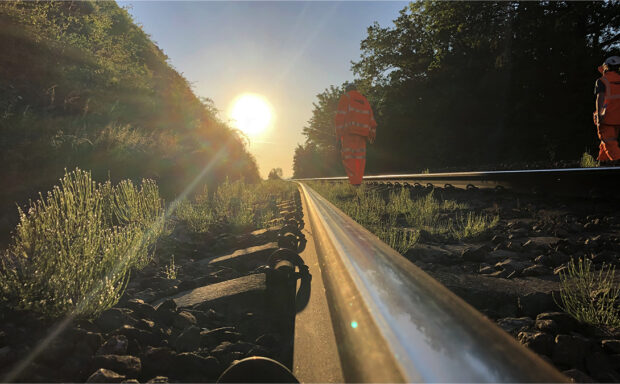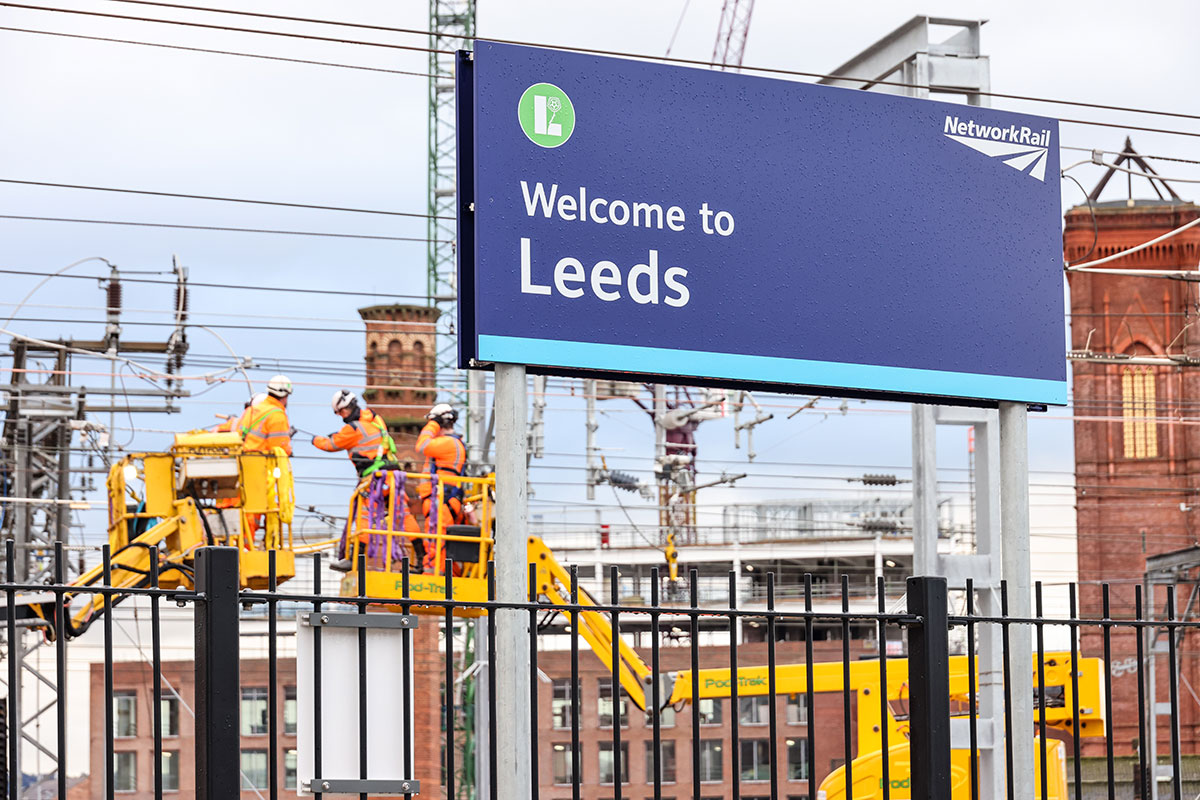We’re proud to support The Railway Heritage Trust in its important work to restore listed buildings across the railway for practical use in communities all over Britain.
Its funding and expertise make significant contributions to the railway, from the maintenance and restoration of water fountains and bicycle shelters to full refurbishments of some of our best-loved stations.
It’s just had its busiest year since its 1985 inception after a heavy call on its funding between 2018 and 2019, according to its latest annual report, published this month.
Network Rail contributed a further £1 million to the trust in this period, enabling the trust to award 65 grants to a total value of £2.8 million.
Here are nine times The Railway Heritage Trust (RHT) has delivered for passengers and communities in recent months:
1. Bat & Ball, Sevenoaks – derelict station to community hub
The Grade II listed Bat & Ball railway station was built in 1862 and served as the town’s terminus until the construction of the mainline station in 1868.
In the 2018 to 2019 period, the trust worked with train operator Southeastern to support its latest restoration and repairs.
The trust said in its annual report: “This is an outstanding example of how a derelict station building of architectural merit can be repurposed as a valuable resource for the local community. At the time of writing, the project had been shortlisted for the RIBA South East Regional Awards 2019.”
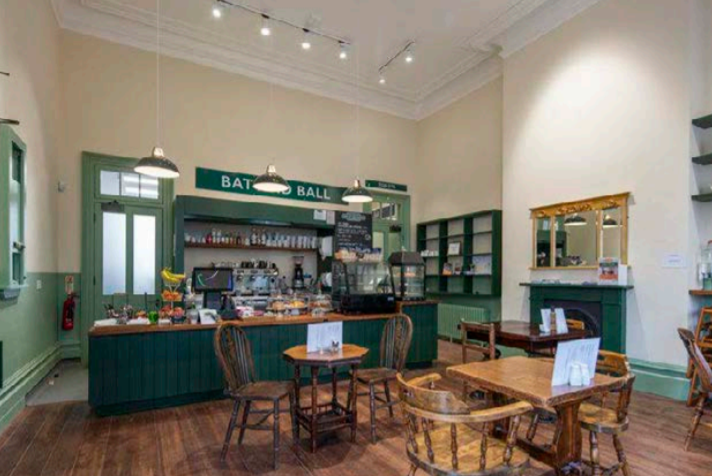
2. Bangor station, Wales – exterior restorations
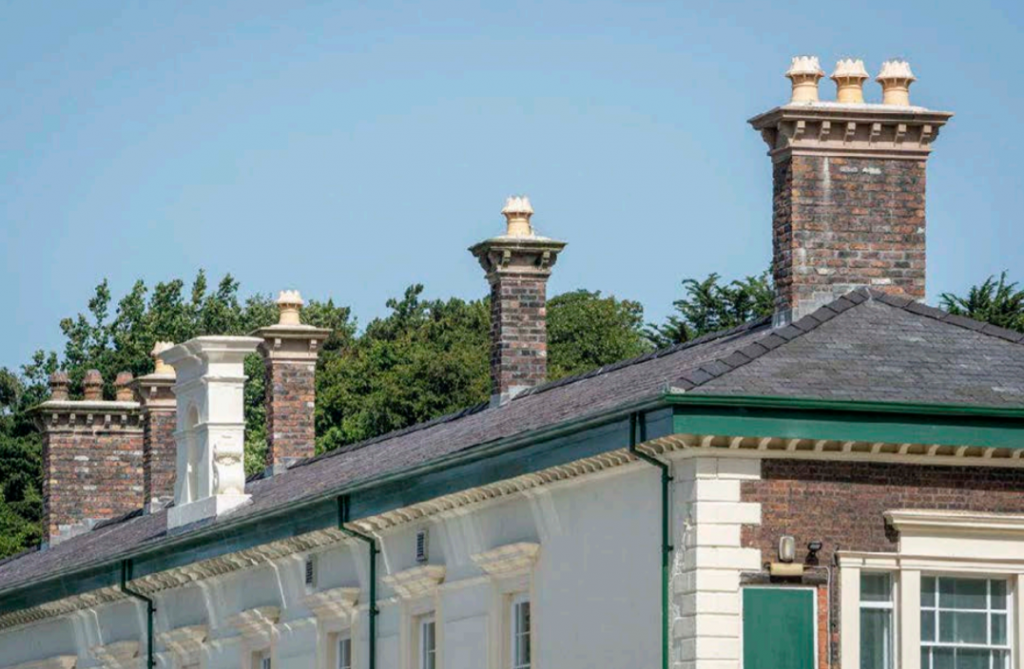
Grade II listed Bangor railway station opened on 1 May 1848. Architect Francis Thompson designed it in the Italianate classical style.
It has undergone considerable alterations and extensions since its original construction with more buildings being added in 1927. Its notable features include chimney stacks and bell tower.
Last year, Network Rail embarked on a complete restoration of the station’s exterior that included the roof, window an door replacement, an a total renewal of rainwater goods.
The trust said: “Prior to its listing in 1988, two of the chimneys were removed as a maintenance cost-saving exercise and during a site visit in the early stages of the restoration the RHT proposed reintroducing these. We were pleased to award a grant towards this and also the restoration of the existing chimneys and bell tower, to significantly improve the appearance of the roof line.”
3. Edinburgh Waverley West Signal Box – historic signal box for sustainable use
Edinburgh Waverley railway station has always required the most modern signalling technology, said the trust, making it one of the first sites on the railway to abandon mechanical signalling. In the 1930s, two new boxes were built to electronically control the east and west ends of the station.
The trust said: “The west end box was made of reinforced concrete, and is typical of London & North Eastern Railway design of that era, with angled end-windows and a flat roof. The box lies on the south side of the railway, and backs onto Princes Street Gardens.
“The upper, operating, floor of the box had long ceased to have any working use, and the RHT, and other more local bodies, have tried to find a new use for it. We feel that the box’s accessibility from the gardens, and the views that the operating floor offers over the station throat, would make it a very attractive catering space. Along with our friends at Edinburgh World Heritage, we have agreed to jointly fund a conservation management plan for the box, as a first step towards finding a sustainable use for it.”
People and the railway: The Railway Heritage Trust
Film: the magic of the Glenfinnan Viaduct
Film: discover the Network Rail archive
People and the railway: reconnecting Scotland
4. Lowestoft, Suffolk – low-cost regeneration
The creation of a community facility at Lowestoft station had been on the trust’s radar for a few years when its latest annual report said it had awarded two further small grants, which it said had led to “very high effects for small sums of money”.
It said: “The appearance of the station, both inside and out, is transformed by this low-cost piece of work, which once more shows how even temporary works can, with a little thought, be made to contribute to the landscape.”
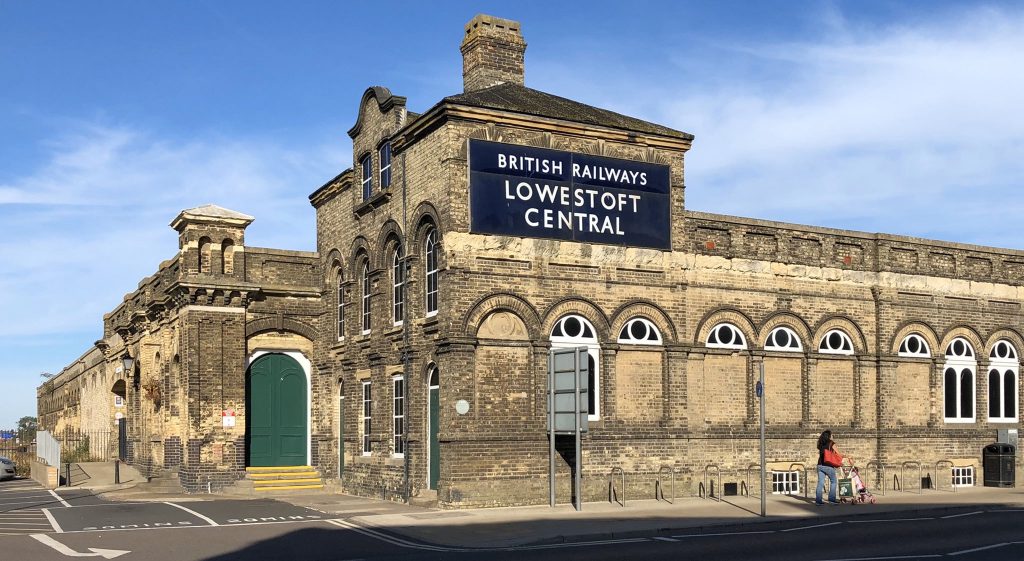
5. Network Rail archive – preservation of historic railway drawings
Network Rail’s archive in York holds millions of legal and historic documents, and a large collection of original drawings of railway infrastructure. The trust has a record of funding the preservation of some of these drawings, an endeavour it has continued in the past year.
It’s an important effort because Network Rail uses historic drawings for vital reference when maintaining and restoring Victorian infrastructure.
It sponsored the full conservation of 13 of the most at risk pieces, including three 1840s drawings of a bridge in Bath by designed by engineer Isambard Kingdom Brunel and four drawings of the first rail bridge over the River Thames – Grosvenor Bridge.
The trust said: “The work on these documents includes removing and replacing linen backings, reinforcing fragile areas with spider tissue, and infilling missing areas with Japanese tissue paper. After this is done, the drawings are flattened, surface cleaned, and encapsulated on polyester to allow for improved handling, storage and preservation.”
6. Truro, Cornwall – clock restoration for passengers
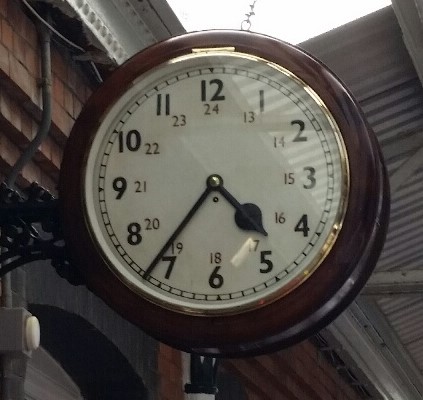
The Great Western Railway clock on platform two at Truro railway station had become unreliable and covered in grime from decades of diesel fumes.
The Devon & Cornwall Rail Partnership approached the trust for help with funding. Combined with contributions from the Designated Community Rail Development Fund (the predecessor to the Department for Transport-backed Community Rail Development Fund) and the Association of Community Rail Partnerships, we were pleased to offer a small grant towards the work.
The trust said: “The face and internal motion repairs were undertaken by specialist DC Watchmaker Ltd of Exeter, the decorative bracket restoration by today’s Great Western Railway’s preferred minor works contractor, Integral, and the booking office supervisor, Dave Antonio, carefully cleaned and restored the casing in his kitchen at home. The clock is now back in its place, gleaming and keeping perfect time.”
7. Worksop, Nottinghamshire – cafe improvements for restored station
The trust had already enabled substantial improvements to Worksop railway station since the 1990s when it funded two further small improvements to its cafe.
The cafe, through a doorway with a step down to the floor level, lacked appropriate signage about the step and free WiFi for customers.
The trust said: “We designed and had produced replacement signs in British Rail 1950s style… which have been generally welcomed. More recently, we have also helped the café with some internal damp-proofing repairs.”
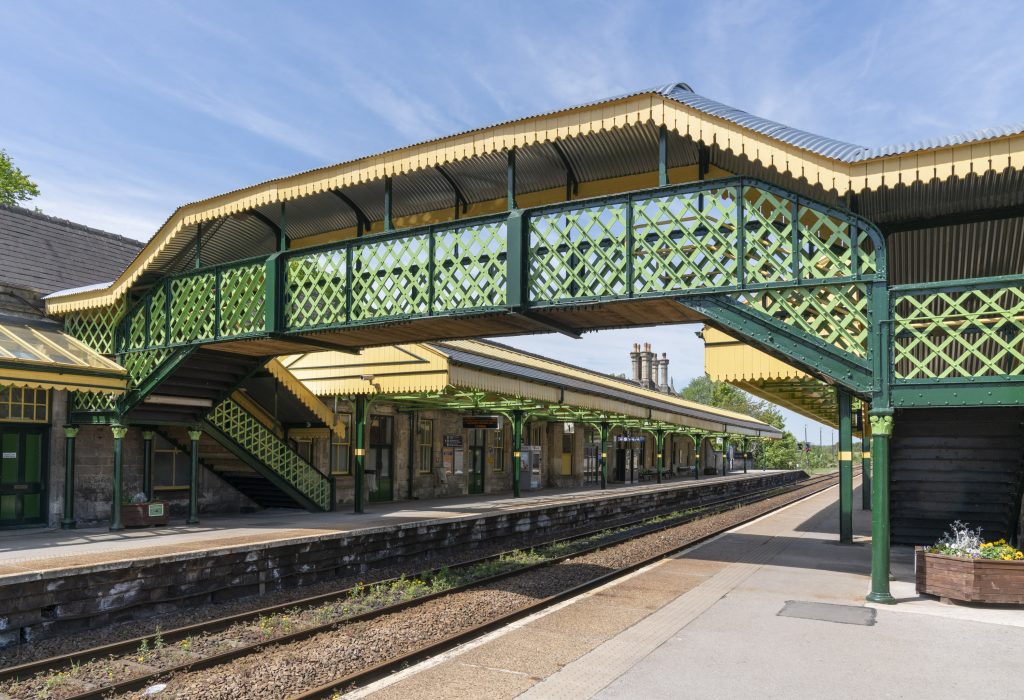
In July, Worksop station won a National Railway Heritage Award after a £1.1m investment to restore and preserve parts of the station.
8. Saxmundham, Suffolk – station building reconstruction
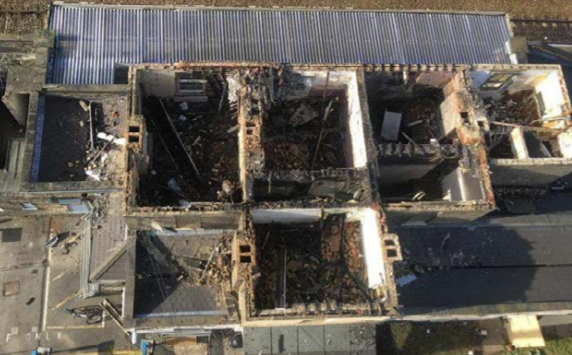
Saxmundham railway station on the East Suffolk line from Ipswich to Lowestoft boasted a distinctive building that had remained vacant for years.
A local arts group had recently taken over the lease when the trust looked forward to supporting the building’s restoration. Unfortunately, a fire destroyed the building in an extreme case of vandalism in February last year.
The damage was so severe that the remains needed to be immediately demolished.
The trust said: “Happily, Greater Anglia was able to do this [demolition] without losing the cast-iron canopy or its supporting wall, and from this the design of a new, single-storey, building, that acknowledges but does not replicate Thompson’s original, has emerged. The new building will be constructed in 2019, and the RHT has given an initial grant towards it in 2018 to 2019, with a further one to follow in the next financial year.
9. Commemoration of wartime railwaymen
The trust has marked the centenary of the First World War with various schemes involving war memorials across Britain.
The programme is now drawing to a close but recent efforts include a new monument in Wolverton, Buckinghamshire to commemorate the railwaymen from the local railway works.
